The Orlando Area Fishing Report from Spotted Tail 1.14.12
Upcoming Events Dept-
The Old Florida Outdoor Festival, February 10, 11, and 12th. I will be there at least part of the time in the Coastal Angler Magazine booth.
Merritt Island NWR Show and Tell Seminars- March 3 and 4
Details to follow…
Every year around the turn of the year I inventory my fly tying materials and order what I anticipate I will need for the following year. Natural materials vary a lot so you really need to inspect them. I buy these at fly fishing shows or fly shops. Synthetic materials have standard quality so I buy them where the price is best, usually from Cabela’s.
This year I shopped around. Hook and Hackle had better prices on some items than did Cabela’s. So I bought some of my stuff from Hook and Hackle. I will never make that error again.
The Estaz and flashabou packs from H&H were tiny, ridiculous. Cabela’s costs a few cents more but the portions are way better.
Cabela’s, sorry I wandered! Won’t happen again!
Where do you buy your fly tying materials? Why do you buy them there? Please use the comment box to let us know.
Fishing, ah yes-
Son Alex was supposed to accompany me to the no motor zone on Monday, but he wouldn’t get up. Tossed the Prowler on the chariot and went solo.
The day was gorgeous. We had a stretch of five days with no wind and hardly any clouds. I don’t ever remember that happening before.
Had to paddle a ways but I ran over a redfish at least three feet long. Immediately staked out the boat and went wading in those leaky boots (sent them back to Redington the other day). Was throwing to a pair of black drum went I looked over my shoulder. There were at least 50 big reds almost swimming into me.
One took the Merkin. I had it on five or ten minutes when the hook pulled. One reason I like a #2 hook for those big fish is because they don’t bend out the way the #4 hooks do (Mustad #3407). Perhaps I need a higher quality hook in those smaller sizes.
Anyway, after I bent the hook back the school had spooked off. I waded around looking for them and spotted a trio of black drum. They ignored me repeatedly. Finally, with the leader butt in the tip of the rod, they were all facing me, looking at the fly, just lying there. I watched them watch the fly, two rod lengths away. Everyone was motionless. Then I just ticked the fly and the center fish sucked it up. WHAM! Fish on!
That fish got way into my backing, a lovely sight. When I finally got him up close enough to leader I was tring to do just that and CRACK- there goes the rod (sent that back to Redington, too). Got the fish anyway.
It was a big fish and I wanted a photo, so holding on to the fish with one hand I got the camera out of the Simms bag , set it on self timer, put it on the front hatch of the kayak, and pressed the shutter button. Then I posed and got a single frame with the fish. I think it worked pretty well!
I didn’t get any other photos but did get two redfish in the 20 pound range, and several 30 inch redfish, all on the Merkin. Quite the awesome day. Wish Alex had been there.
Tuesday young Trae Mays, a fly fisher from Dallas, joined me for some Mosquito Lagoon redfishing. It was my favorite kind of day- we only fished one spot. It was loaded up, and the fish were eating well. The fly of choice was a rootbeer colored redfish worm.
Trae told me it was the best day of fly fishing he’d ever had, something this reporter truly loves hearing. We released eight or ten fish, and had numerous missed strikes and blown shots. Lots of fun was had by all! The boat was back on the trailer at 2:30.
Wednesday afternoon I had a half day with Tom and Tommy Novak, father/son from Cleveland. Need I say I went back to The Spot? But we had weather- wind, clouds, spitting rain. A front was coming in. The fish were gone. 🙁
Went to spot #2. Tommy got a rat redfish on a gold spoon. Then we ran over a couple. SInce the wind was now cranking at about 20, I skegged out the boat and tossed a couple of mullet chunks out. Four slot fish later the bite stopped, so we changed venues.
At the last spot we got one more rat red and two beautiful catfish. The boat was on the trailer at 5.
And that is this week’s Banana River and Mosquito Lagoon Fishing Report.
Life is great and I love my work.
I keep saying it- life is short. Go Fishing!
John Kumiski
http://www.spottedtail.com
All content in this blog, including writing and photos, copyright John Kumiski 2012. All rights are reserved.
|
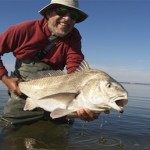
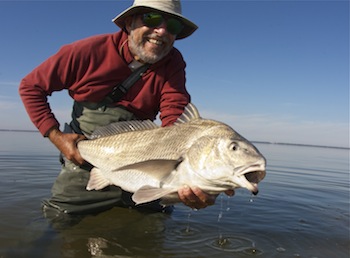
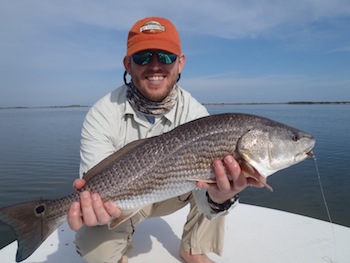
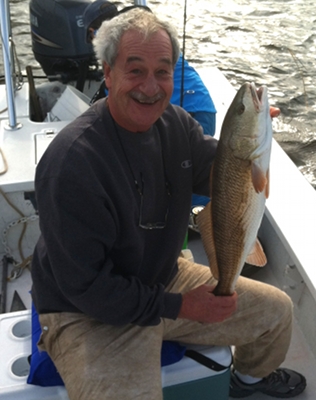
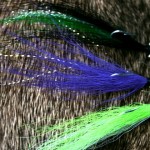
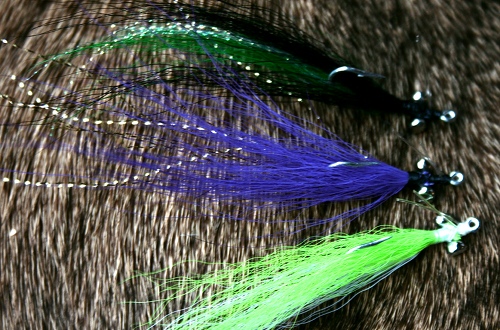
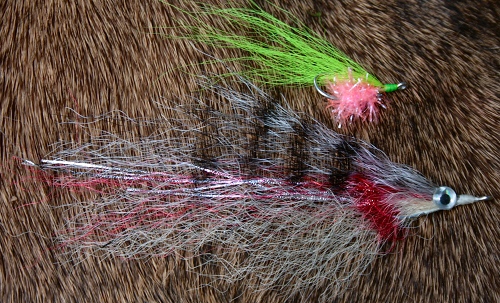
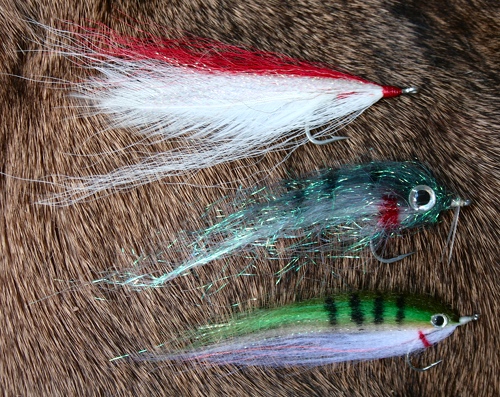
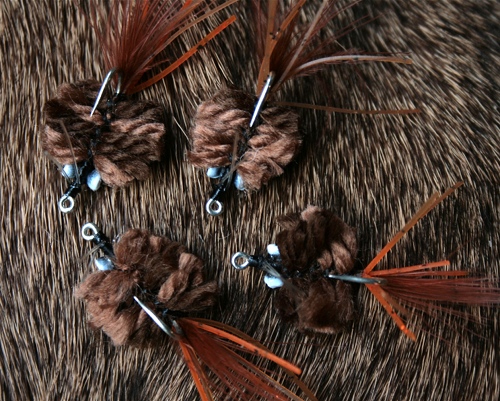
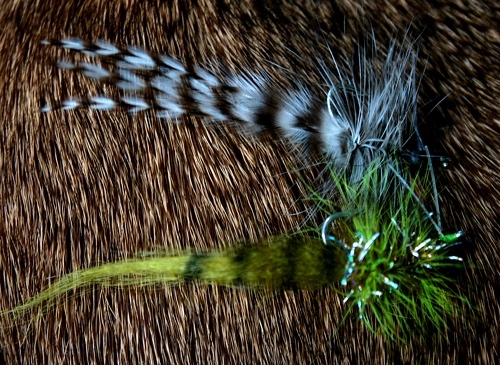
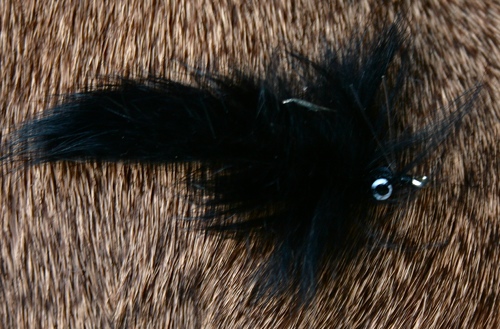
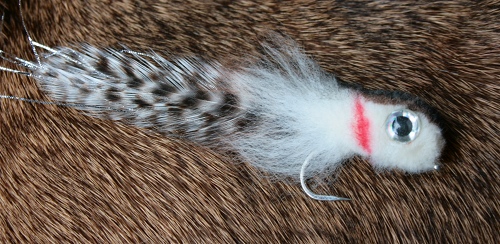
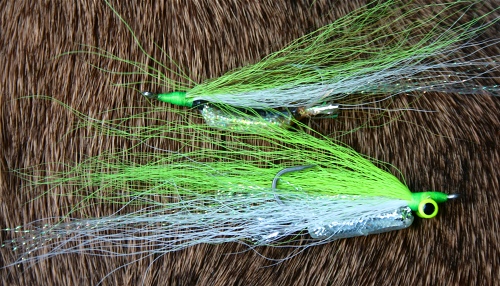
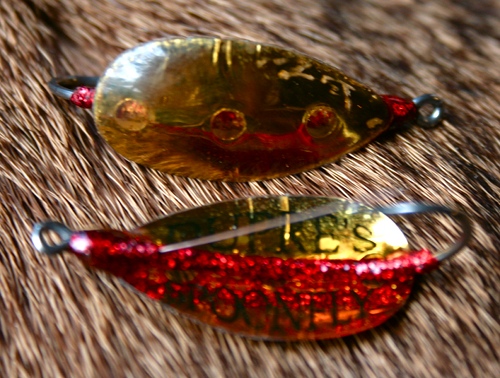
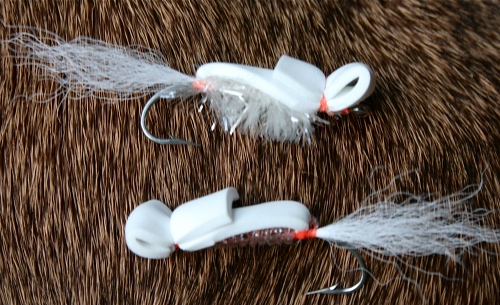
Recent Comments